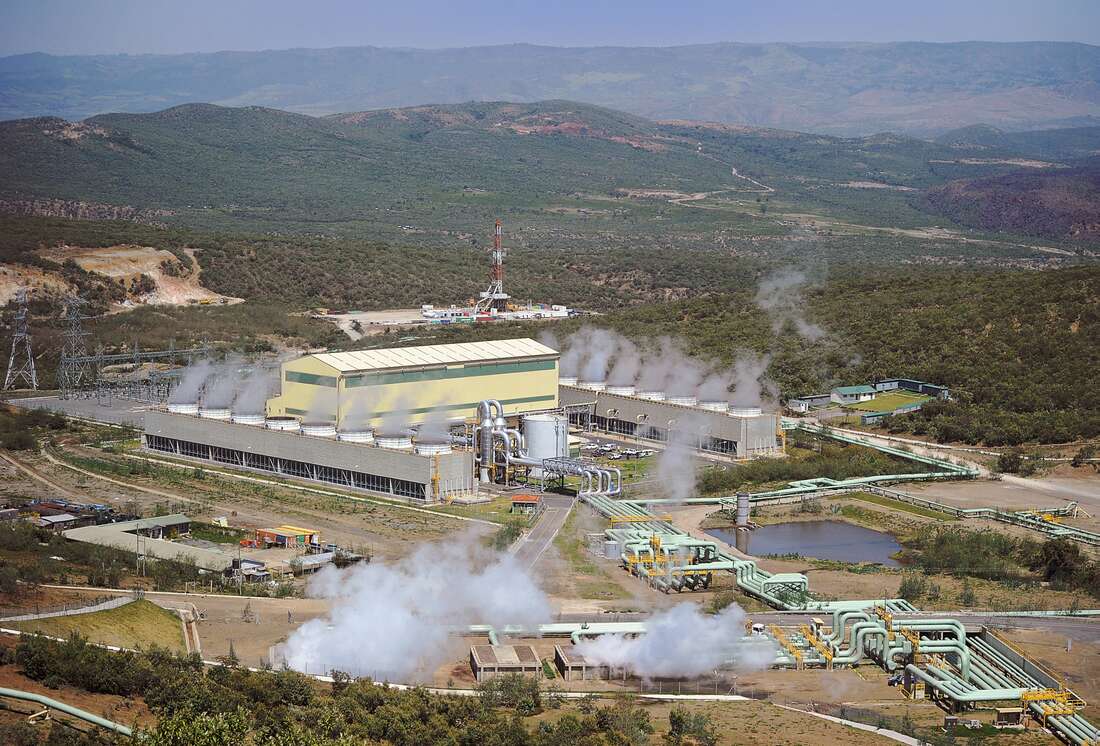One of the topical areas that dominated discussions in Glasgow, Scotland, during the 2021 United Nations Climate Change Conference, popularised as COP26, was the pace of progress on financing initiatives required to turn the tide of climate change.
In the face of the growing need for countries worldwide to mobilise the resources required to manage the increasing impacts of climate change on their citizens’ lives, the financial aspect is now more important than ever.
So far, developed countries have already pledged to raise at least $100 billion every year in climate finance to support developing countries. The Organisation for Economic Co-operation and Development (OECD) estimates that $78.9 billion of climate finance was mobilised in 2018.
On the same note, the International Renewable Energy Agency (IRENA) Global Landscape of Renewable Energy Finance 2020 Report indicates that the global investment in renewable energy made significant progress between 2013 and 2018, with a cumulative $1.8 trillion invested.
Indeed, the shift to investments in green energy is already taking root and a question that begs answers is why is this becoming attractive especially to financiers and development partners?
Well, first, renewable energies have proven, in terms of market demands, that they can be economic-friendly compared to non-renewables. Take, for instance, the fossil fuel industry during the Covid-19 pandemic.
The fossil fuel industry recorded its sharpest drop in a quarter of a century. The price of crude oil in the US even turned negative for the first time in history as widespread lockdowns dampened oil demand to an unprecedented low.
Elsewhere, even in the mid of a pandemic, investment in renewable energy capacity still grew by two percent to $303.5 billion in 2020, according to research by Ernst and Young, while renewable capacity installs surged 45 percent compared with 2019, to 265 Gigawatts, signaling the fastest growth rate since 1999.
The prospects look even rosier in 2021, with the International Energy Agency (IEA) projecting renewable electricity generation to expand by more than eight percent to reach 8,300 Terawatt Hours, which would be the fastest year-on-year growth since the 1970s.
This clearly sends information home that even in unstable markets, renewables will perform better and provide value for investors’ money compared to non-renewables.
Secondly, there is no doubt that renewables are creating more opportunities in terms of employment compared to non-renewables. Take for instance the case of KenGen geothermal works in Olkaria whereby the nearby horticulture farms get access to geothermal steam for their operations.Renewable […]
